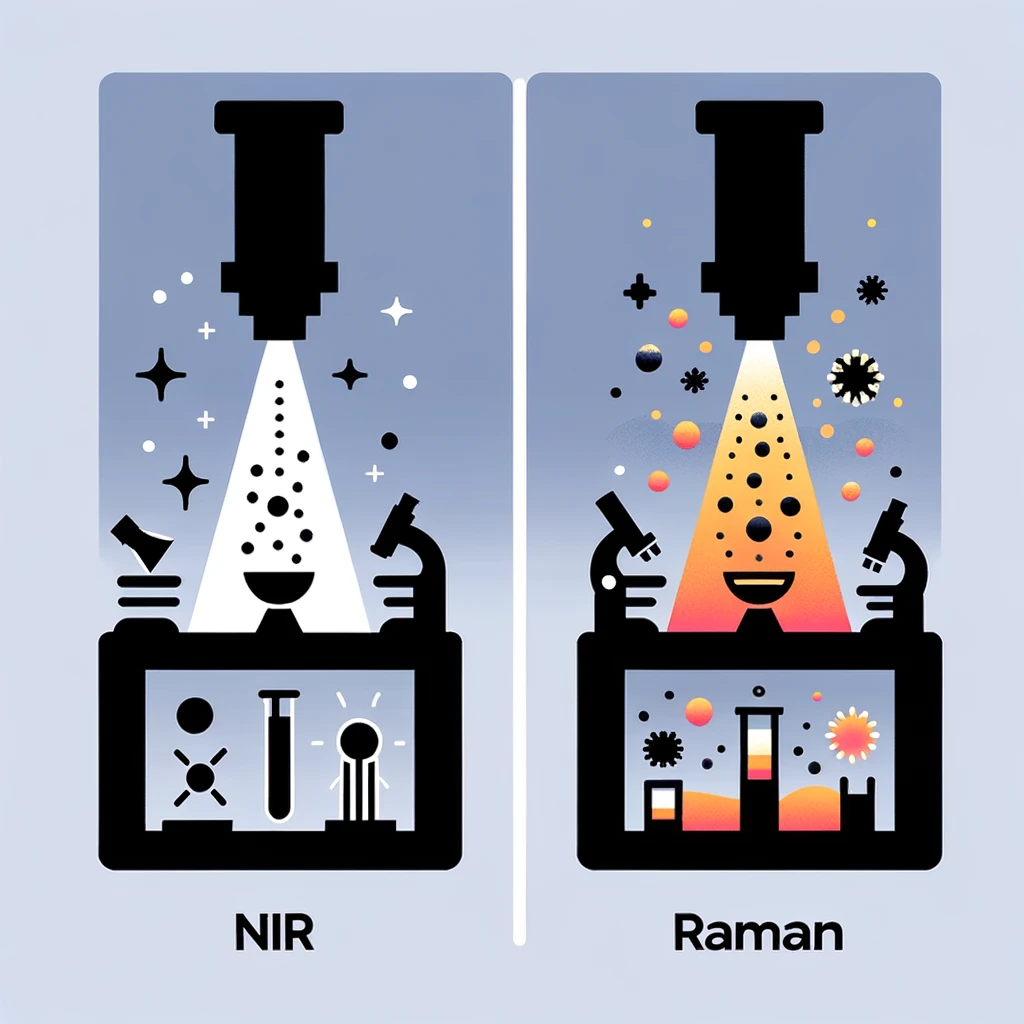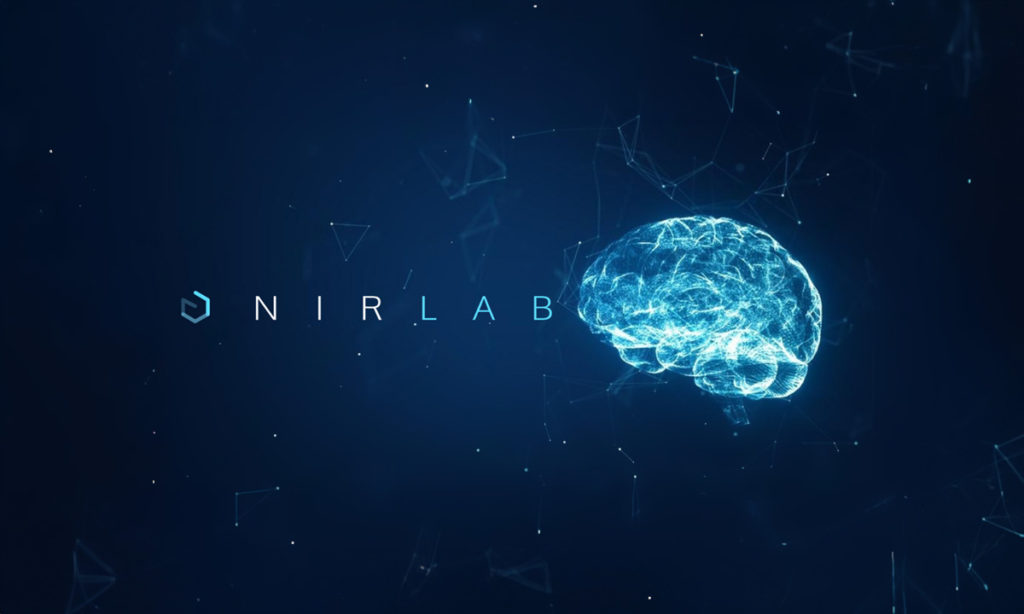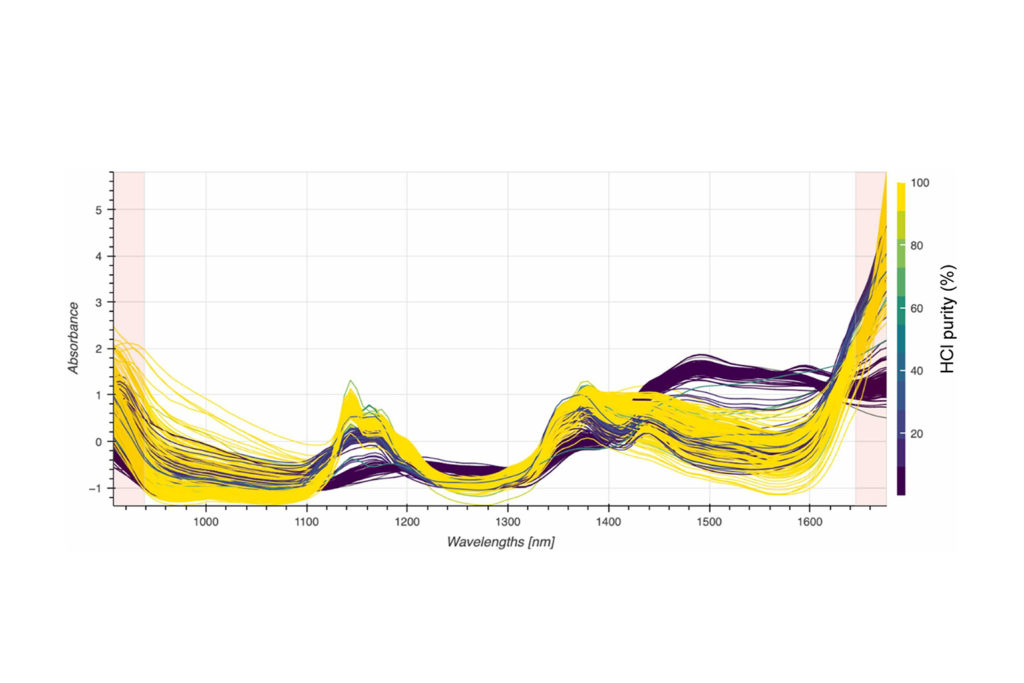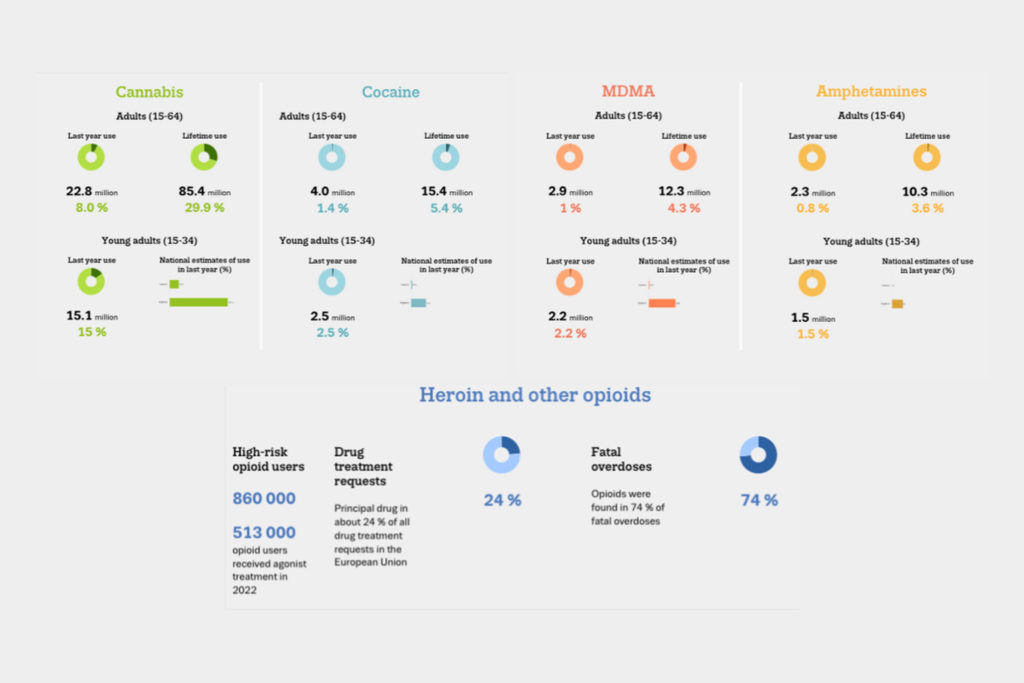
In the expansive domain of scientific exploration, few techniques offer the depth and versatility of spectroscopy. This comprehensive exploration digs into the fundamental principles of spectroscopy, focusing on the comparison between Near-Infrared (NIR) Spectroscopy and Raman Spectroscopy. Moreover, NIRLAB standing as an expert and opinion leader in substance analysis, plays a pivotal role in this journey, showcasing advancements that elevate the understanding and application of spectroscopic techniques.
Decoding the Essence of Spectroscopy
Understanding Spectroscopy:
Spectroscopy Defined: At its core, spectroscopy is the study of the interaction between matter and electromagnetic radiation. This interaction provides a wealth of information about the composition, structure, and properties of substances. The spectrum, a key concept in spectroscopy, represents the distribution of energy emitted or absorbed by a substance at different wavelengths. Additionally, for a more in-depth of Near-infrared spectroscopy (NIR) and its principles, check out our article “How does Near-infrared spectroscopy work?” on the NIRLAB blog.
The Intricacies of Spectral Analysis:
- Emission or Absorption: When subjected to electromagnetic radiation, a substance may either emit or absorb specific wavelengths of light.
- Spectral Analysis: The resultant spectrum undergoes meticulous analysis, unveiling distinctive patterns and characteristics inherent to the substance.
The different types of Spectroscopies:
- UV-Visible Spectroscopy:
- Application: Determines concentration in solution.
- How it Works: Measures the absorption of ultraviolet and visible light.
- Nuclear Magnetic Resonance (NMR) Spectroscopy:
- Application: Analyzes the structure of organic compounds.
- How it Works: Explores the magnetic properties of atomic nuclei.
- Mass Spectrometry:
- Application: Determines mass and structure of molecules.
- How it Works: Ionizes molecules, measuring the mass-to-charge ratio.
- Raman Spectroscopy:
- Application: Identifies molecular vibrations and rotations.
- How it Works: Captures inelastic scattering of monochromatic light.
- NIR (Near-Infrared) Spectroscopy:
- Application: Identifies functional groups in organic compounds.
- How it Works: Examines the absorption of near-infrared radiation.
A Profound Gaze into NIR and Raman Spectroscopy
Unveiling the Power of NIR:
Operating within the near-infrared segment of the electromagnetic spectrum (780 to 2500 nanometers), NIR Spectroscopy leverages the absorption of near-infrared radiation by organic compounds. Therefore, this mechanism provides crucial insights into the functional groups within molecules. The resulting absorption pattern, when carefully analyzed, provides valuable information about the functional groups present and their concentrations.
One of the notable advantages of NIR Spectroscopy is its non-destructive nature. This allows for repeated analyses without altering the sample, offering a distinct advantage over techniques that may compromise the integrity of the substance being studied. The ability to conduct analyses without sample destruction becomes particularly valuable in industries such as pharmaceuticals, where the same sample may need to undergo multiple assessments.
Moreover, NIR Spectroscopy’s capability for rapid analysis (typically ranging from 2 to 5 seconds) is a testament to its efficiency. This swift turnaround time makes it well-suited for applications where quick decisions are crucial, such as in pharmaceutical manufacturing or quality control processes.
Working Mechanism: A Brief Overview:
- Absorption of NIR Radiation: When NIR radiation interacts with a sample, specific chemical bonds absorb the energy.
- Quantification of Absorption: The resultant absorption pattern offers insights into the presence and concentration of specific functional groups.
- Non-destructive Nature: A notable advantage of NIR spectroscopy lies in its non-destructive nature, allowing for repeated analyses without altering the sample.
Understanding Raman Spectroscopy:
On the other hand, Raman Spectroscopy, named after Sir C. V. Raman, operates on the principle of inelastic scattering of monochromatic light. When a monochromatic light source, often a laser, interacts with a sample, some of the scattered light undergoes a frequency shift due to interactions with molecular vibrations and rotations. This shift in frequency results in a unique spectral pattern that reveals detailed information about the molecular composition.
Unlike NIR Spectroscopy, Raman Spectroscopy is characterized by its specificity. It provides precise molecular information, allowing for a more nuanced understanding of complex chemical matrices. The technique is particularly adept at analyzing substances with symmetric vibrations, offering insights that might be challenging for other spectroscopic methods.
However, Raman Spectroscopy has its challenges, including safety risks associated with high-power lasers and potential sample damage. The complexity of instrument setup and software can also be a barrier, making it less user-friendly compared to the straightforward usage of NIR Spectroscopy.
Working Mechanism: A Brief Overview:
- Incident Light Interaction: A monochromatic light source, such as a laser, interacts with the sample.
- Scattering Phenomenon: Some of the scattered light undergoes a frequency shift due to interactions with molecular vibrations and rotations.
- Spectral Analysis: The resulting spectrum reveals peaks corresponding to these vibrational and rotational modes.
Advantages of NIR Spectroscopy:
- Quantitative Precision: NIRLAB’s NIR Spectroscopy is distinguished by its capability to quantify specific substances with exceptional precision. This includes the quantification of substances like heroin, THC/CBD, and MDMA, showcasing its versatility in various fields.
- Safety First: The use of low-energy radiation eliminates safety concerns for both operators and samples. This safety feature makes NIR Spectroscopy an attractive option, especially in environments where minimizing risks is paramount.
- Customization for Diverse Needs: NIRLAB’s commitment to customization enables tailored solutions for unique analytical requirements. This adaptability enhances the versatility of NIR Spectroscopy, making it applicable across a wide spectrum of industries.
Considerations for Raman Spectroscopy:
- Chemical Specificity: Raman Spectroscopy excels in providing chemical specificity, allowing for detailed molecular analysis. This is particularly advantageous in fields where a deep understanding of molecular structures is essential.
- Complexity and Safety Challenges: Despite its specificity, Raman Spectroscopy presents challenges in terms of instrument complexity and safety risks associated with high-power lasers. Operators must navigate these challenges for successful implementation.
NIR vs. Raman: Law Enforcement’s Choice
| Advantages/Disadvantages | NIRLAB’s Near-Infrared Spectroscopy | Raman Spectroscopy & Other Solutions |
| Quantification | Yes (capable to quantify heroin, THC/CBD, MDMA) | Not Possible |
| Affected by Fluorescence | Little | Significantly |
| Complexity of Instrument and Software | Extremely Simple Usage | Generally more complex |
| Hazardous and Safety | No risk for operator or sample (due to low energy radiation) | Potential safety risks or risk of sample damage (due to high-power lasers) |
| Substance Library Updates | Continually refined for improved detection (ongoing updates thanks to cloud solution) | May not be regularly updated |
| Analysis Time | 2 – 5 seconds | 1 Minute |
| Intelligence, Profiling, Analytics | Available (online dashboards and analytics) | Not available |
| Customization | Tailored solutions are possible | Not available |
When examining the specific requirements of law enforcement applications, it becomes evident that NIR Spectroscopy stands out as a superior solution compared to Raman Spectroscopy. The precision, rapid analysis, and enhanced safety features of NIR technology make it exceptionally effective in this context. However, it’s essential to acknowledge that Raman Spectroscopy, with its distinct strengths, remains a robust and versatile solution across various applications. In essence, these two spectroscopic techniques are complementary to each other, each excelling in specific areas and contributing collectively to a comprehensive analytical toolkit.
NIRLAB’s Mastery in Spectroscopy
NIRLAB’s Near-Infrared (NIR) Spectroscopy stands out as a pioneering force in substance analysis, riding the crest of technological evolution. NIRLAB actively leads the way in developing cutting-edge solutions, with a particular emphasis on providing innovative and effective applications for law enforcement. In the realm of law enforcement solutions, NIRLAB’s Near-Infrared Spectroscopy not only showcases advancements in substance analysis but also contributes to swift and accurate identification of illicit drugs, cutting agents, and precursors. The real-time data analysis and centralized tracking offered by NIRLAB’s solution provide law enforcement agencies with comprehensive insights into trends and patterns of illicit substance use, making NIRLAB an invaluable partner in the pursuit of public safety.
Advancements in Spectroscopy with NIRLAB:
- Quantitative Analysis: NIRLAB’s NIR Spectroscopy offers unparalleled precision in quantifying specific substances.
- Safety: The utilization of low-energy radiation ensures the safety of both operators and samples.
- Customization: Tailored solutions underscore NIRLAB’s commitment to addressing unique analytical needs.
- Ease of Use – Point-and-Click Solution: NIRLAB’s NIR Spectroscopy simplifies complex analyses into an intuitive point-and-click solution, empowering users with effortless navigation and operation for streamlined spectroscopic studies.
Conclusion: Embracing the Complementary Nature of NIR and Raman Spectroscopy
In summary, when comparing Near-Infrared (NIR) Spectroscopy and Raman Spectroscopy, each has specific strengths that contribute to a comprehensive toolkit. NIRLAB’s expertise in substance analysis, particularly in law enforcement, highlights the superiority of NIR Spectroscopy for precision, rapid analysis, and enhanced safety.
NIR technology’s non-destructive approach, real-time data analysis, and customization make it valuable beyond the lab. While NIR Spectroscopy excels in certain areas, it’s important to acknowledge Raman Spectroscopy’s versatility. These techniques complement rather than compete.
The collaborative embrace of NIR and Raman Spectroscopy expands scientific exploration, offering tailored solutions for pharmaceutical analysis, agricultural monitoring, polymer analysis, law enforcement, the cannabis industry, drug checking, harm reduction, and public health initiatives.
NIRLAB’s impact reaches diverse industries, reshaping substance analysis with precision and efficiency. Recognizing the complementary nature of NIR and Raman Spectroscopy unlocks their full potential, fostering advancements in scientific exploration and analytical methodologies.
To delve further into the world of spectroscopy and discover the full capabilities of NIRLAB’s technology, we invite you to explore our other insightful articles, here. For personalized inquiries, reach out to us at contact@nirlab.com.
NIRLAB // Just Truth


